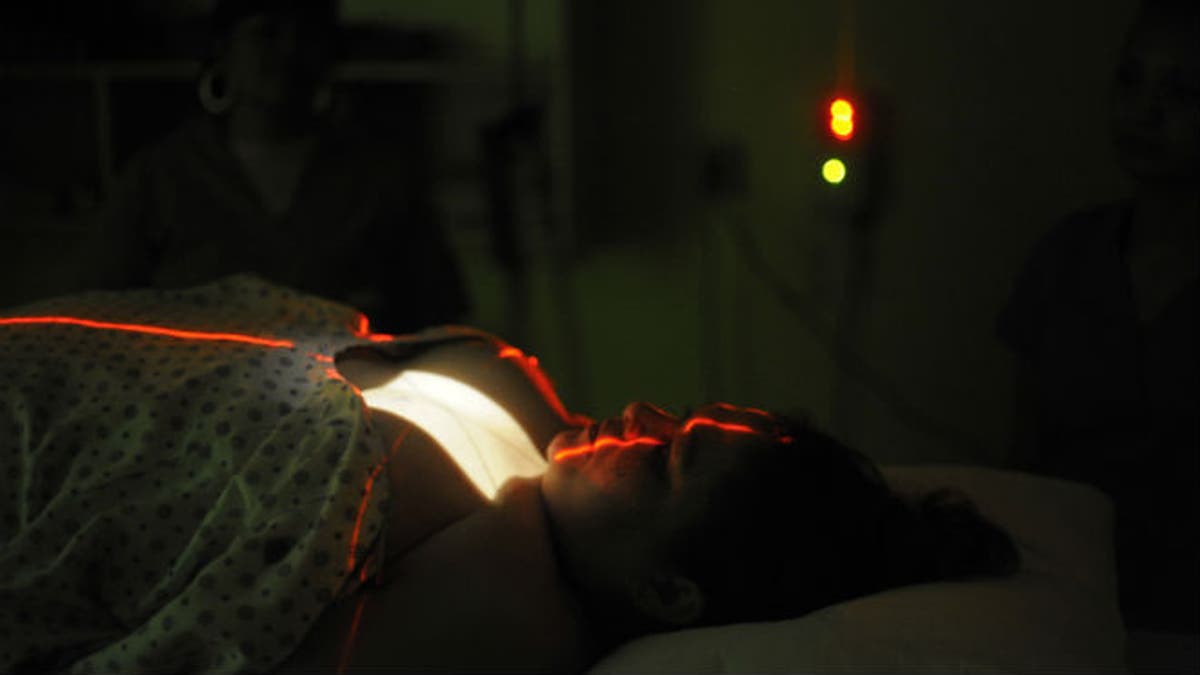
A breast cancer patient undergoes radiation treatment (REUTERS/Jorge Cabrera)
For women ages 70 and older with early-stage breast cancer, radiation therapy has limited benefits. However, about two-thirds of women are still getting the treatment, according to new research from Duke University Medical Center.
Radiation treatment was once considered standard of care, which may make it difficult for doctors and patients to withhold treatment— even with data demonstrating that the advantages are small. A 2004 study’s 5-year data showed a small but statistically significant reduction in the rate of cancer occurrence when radiation therapy was added to the drug tamoxifen after lumpectomy. However, the addition of radiation did not improve overall survival among study participants.
"The discussion at the time of the first CALGB report in 2004 was that we should consider omitting radiation for these women, because the small observed benefits might not be worth the side effects and costs," senior author Dr. Rachel Blitzblau, a professor of radiation oncology at Duke University Medical Center, said in a news release, adding that side effects include fatigue, discomfort and changes in the radiated breast tissue, among others.
"The onus is on physicians to critically analyze data to shape our treatment recommendations for patients, weighing the potential toxicities of treatment against clinical benefit," Blitzblau said.
In their new study, published in the journal Cancer, researchers analyzed cancer treatment patterns from the Surveillance, Epidemiology, and End Results registery, a national health database. They found only a slight drop in older patients who received radiation therapy in the five years after the CALBG study— 61.7 percent, compared to 68.6 percent prior to 2004.
"The publication of the trial had only a very small impact on practice patterns," Blitzblau said. "Our findings demonstrate the potential difficulty of incorporating clinical trial data that involves omitting a treatment that has been considered the standard of care."
Researchers noted that some physicians may have waited for longer-term data and that their analysis did not include results after the 10-year data from CALGB was published in 2012. Additionally, it’s likely that doctors and patients have lingering concerns that reducing treatments for older women may worsen outcomes when the women otherwise are in excellent health, and therefore have longer life expectancies.
This latest analysis emphasizes the importance of physicians striking the right balance between offering effective treatments while also acknowledging the need for more financially efficient medical care, Blitzbau said.
"It's important to improve patient and doctor communication to ensure that the right patients are getting the right treatment at the right time," she said. "As we work toward more efficient and evidence-based medical practice in all medical specialties, we will need to understand what processes may be needed to spur change."
